Advancements in nash and hcc treatment
The escalating challenge
of nASH and hCC
As the global incidence of Non-alcoholic Steatohepatitis (NASH) and Hepatocellular Carcinoma (HCC) rises in tandem with obesity and diabetes rates, the medical community is in an active pursuit for effective treatments. Lifestyle changes and bariatric surgery have been traditional approaches, but pharmacological innovation is eagerly sought to address advanced stages of these conditions.
NASH & HCC
The challenge
of NASH and HCC
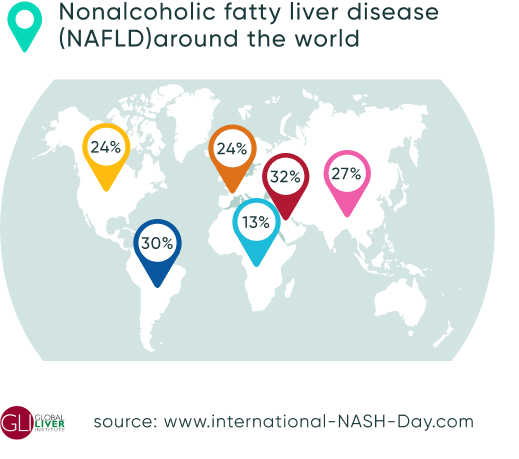
An estimated 25–30% of people worldwide currently have non-alcoholic fatty liver disease (NAFLD) and 2–6% have non-alcoholic steatohepatitis (NASH). It is estimated that the prevalence of NASH could increase by over 50% by 2030.

New Solutions
Innovative
Therapeutic Strategies
Cutting-edge research is homing in on the molecular underpinnings of NASH and HCC. A promising therapeutic synergy is emerging through the combination of BGP-15 and soluble gp130Fc (sgp130Fc), known as Olamkicept in clinical contexts.
This dual approach zeroes in on mitigating endoplasmic reticulum (ER) stress and inflammatory pathways—key players in the progression from NASH to HCC.
mechanisms
Molecular Mechanisms
Therapeutic Efficacy
- Treatment of MUP-uPA/sgp130Fc mice with BGP-15 ameliorates markers of NASH

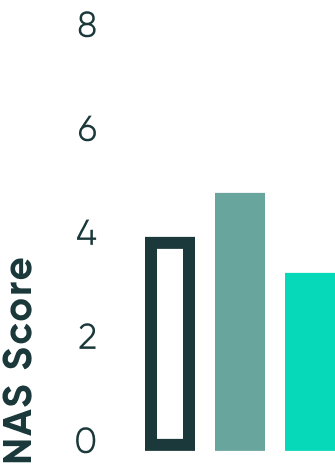
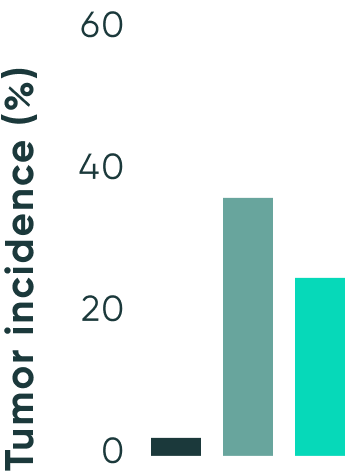
- WT
- MUP-uPA
- MUP-uPA/sgp130 -BGP15 treated
WT
MUP-uPA
BGP-15 treated
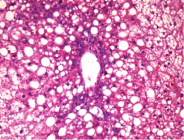

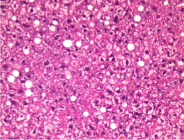
Recent studies deploying single-nucleus RNA sequencing (snRNA-seq) have shed light on the intricate cellular and molecular landscapes of NASH transitioning to HCC. Treatment with BGP-15 and sgp130Fc was found to alleviate ER stress and curb inflammation, resulting in notable reductions in disease progression and tumor incidence in preclinical models.
These outcomes highlight the significance of targeted molecular intervention in disease amelioration.
- Treatment of MUP-uPA/sgp130Fc mice with BGP-15 ameliorates markers of NASH
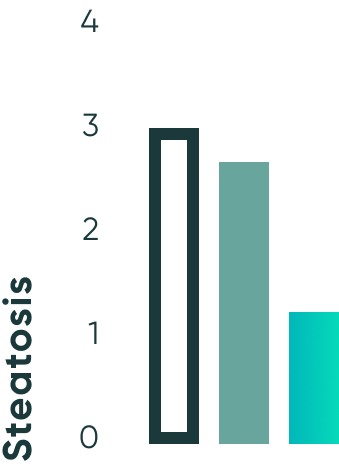


- WT
- MUP-uPA
- MUP-uPA/sgp130 -BGP15 treated
Prospects
Clinical Prospects
and Safety Profiles
BGP-15 has not only exhibited a favorable safety profile but has also shown promise in improving insulin sensitivity in phase II clinical trials. Olamkicept has likewise demonstrated safety and tolerability in treating inflammatory conditions. These results signal a hopeful future for this combination therapy in managing NASH and HCC in humans.
Therapeutic benefits
The Impact
on lipid metabolism
MUP-uPA/sgp130Fc mice treated with BGP-15 do not show reduced liver lipids – Boslem et al. 2023, Science Advances DOI:10.1126/sciadv.adh0831”]
Surprisingly, BGP-15 treatment in combination with sgp130Fc does not appear to significantly alter liver or plasma lipid profiles, an advantageous distinction from other NASH interventions that may lead to undesirable effects like hyperlipidemia. This facet suggests a unique mechanism of action that allows for therapeutic benefits without disrupting lipid homeostasis.
Total lipids
(pmol.µmol PC-1)

Glycerolipids
(pmol.µmol PC-1)

Phospholipids
(pmol.µmol PC-1)

Free cholesterol
(µg/µl)

Total cholesterol
(µg/µl)
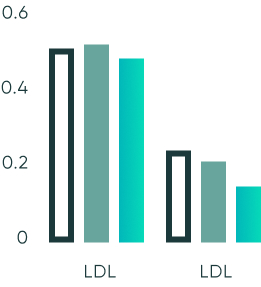
- WT
- MUP-uPA
- MUP-uPA/sgp130 -BGP15 treated
MUP-uPA/sgp130Fc mice treated with BGP-15 do not show reduced liver lipids – Boslem et al. 2023, Science Advances DOI:10.1126/sciadv.adh0831”]
Non-alcoholic fatty liver disease spectrum. Approximate estimates of prevalence in the general population and rates of progression or regression – Li and Alazawi 2020, DOI: https://doi.org/10.7861/clinmed.2020-0696
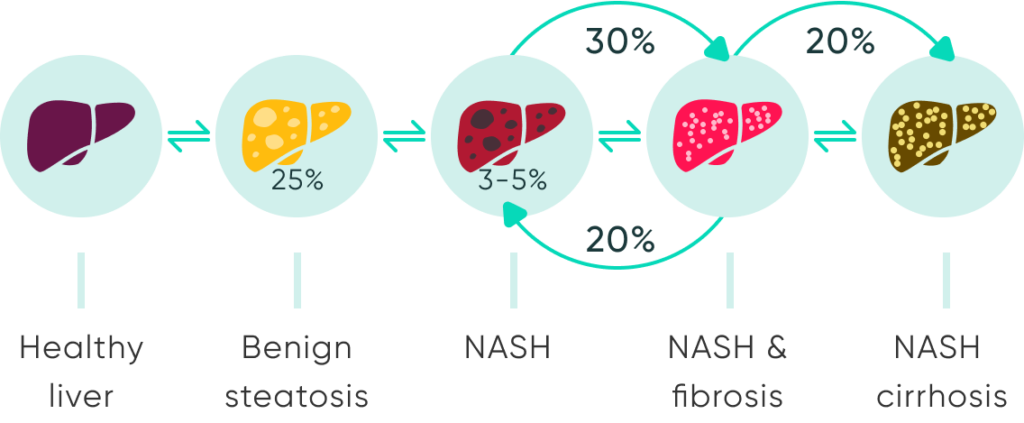
Liver biopsy samples, quantification of steatosis, NAS score and tumor incidence – Boslem et al. 2023, Science Advances DOI:10.1126/sciadv.adh0831
Regression
Advancing
from prevention to regression
Clinical paradigms are shifting from merely preventing NASH and HCC to actively regressing these conditions. Intervention studies show that initiating BGP-15 and sgp130Fc treatment after the onset of NASH can lead to regression of inflammation and fibrosis, hallmarks of advanced disease, without exacerbating steatosis.
Next steps
Integrating insights
into Clinical Practice
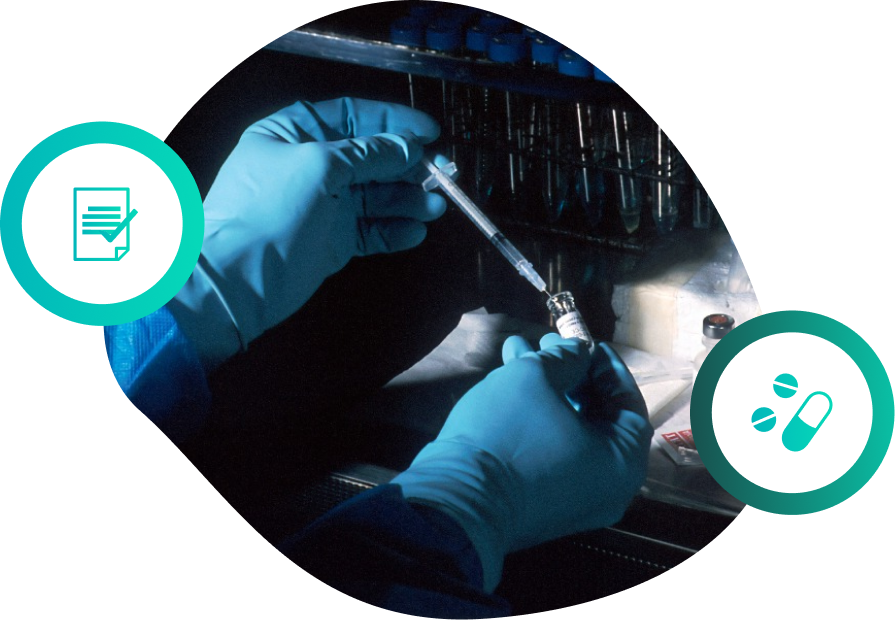
The evolving body of research advocates for the integration of combination therapies that address the complex nature of NASH and HCC. The concurrent use of BGP-15 and Olamkicept emerges as a potential multidimensional treatment pathway for these conditions, aligning with the pressing need for more effective clinical interventions.

conclusions
Concluding
perspectives
The landscape of NASH and HCC treatment is on the cusp of transformation. The confluence of safety, efficacy, and the ability to address the underlying disease mechanisms positions BGP-15 and sgp130Fc as a potential breakthrough in combating these challenging conditions.
